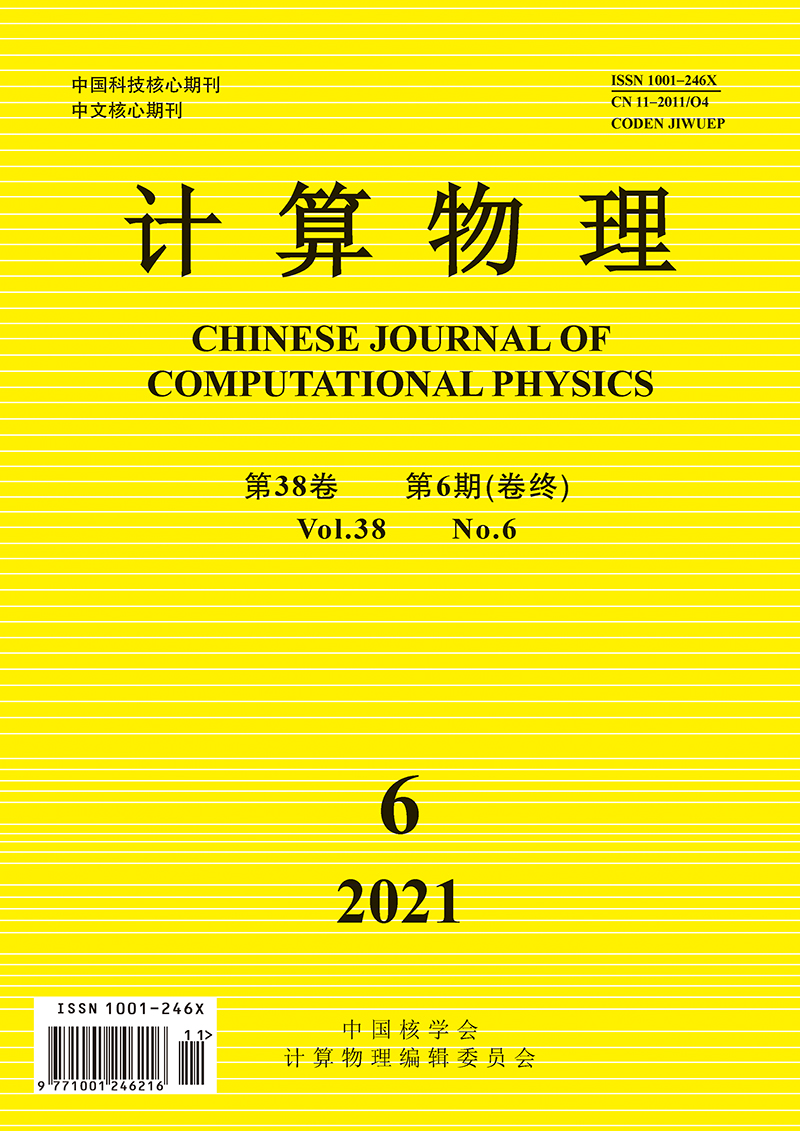We review two modeling and analysis methods based on phase space and their applications. The first is Minkowski functionals-based Morphological Analysis Method (Min-MAM), and the second is Discrete Boltzmann modeling and analysis Method (DBM). Both of them are developed from phase space description in statistical physics. Based on independent behavior characteristic quantities, a phase space is constructed, and the phase space and its subspaces are used to describe behavior characteristics of a system. A given point in the phase space corresponds to a set of behavior characteristics of the system. The distance d between two points is used to describe the difference of two groups of behavioral characteristics, and its reciprocal, S=1/d, is used to describe similarity of two groups of behavioral characteristics. Mean value of the distance between two points over a period of time, ${\bar d}$, is used to describe difference between two kinetic processes, and its reciprocal, Sp=1/${\bar d}$, is used to describe similarity of two kinetic processes, Historically, Min-MAM appeared earlier. Receiving its inspiration is the key step in the development of discrete Boltzmann method towards phase space description method. Min-MAM is independent of data sources, so results obtained with discrete Boltzmann simulation can be further understood on another level or perspective by using Min-MAM, in addition to its own analysis functions. In the study of complex media kinetics, these two methods, from different perspectives, provide information that can be stratified and studied quantitatively.
